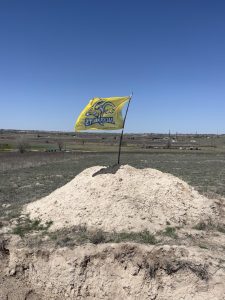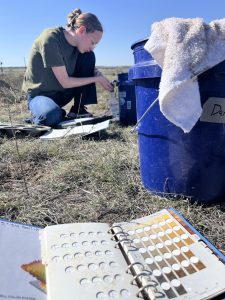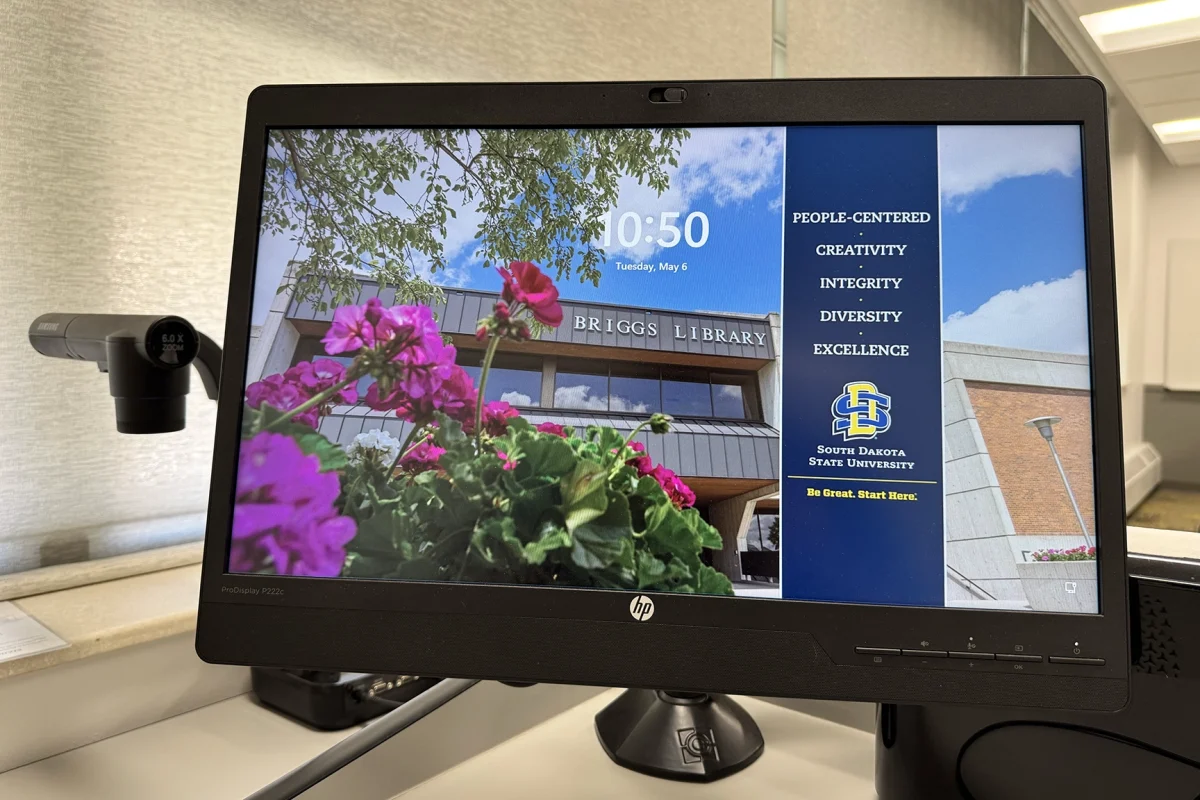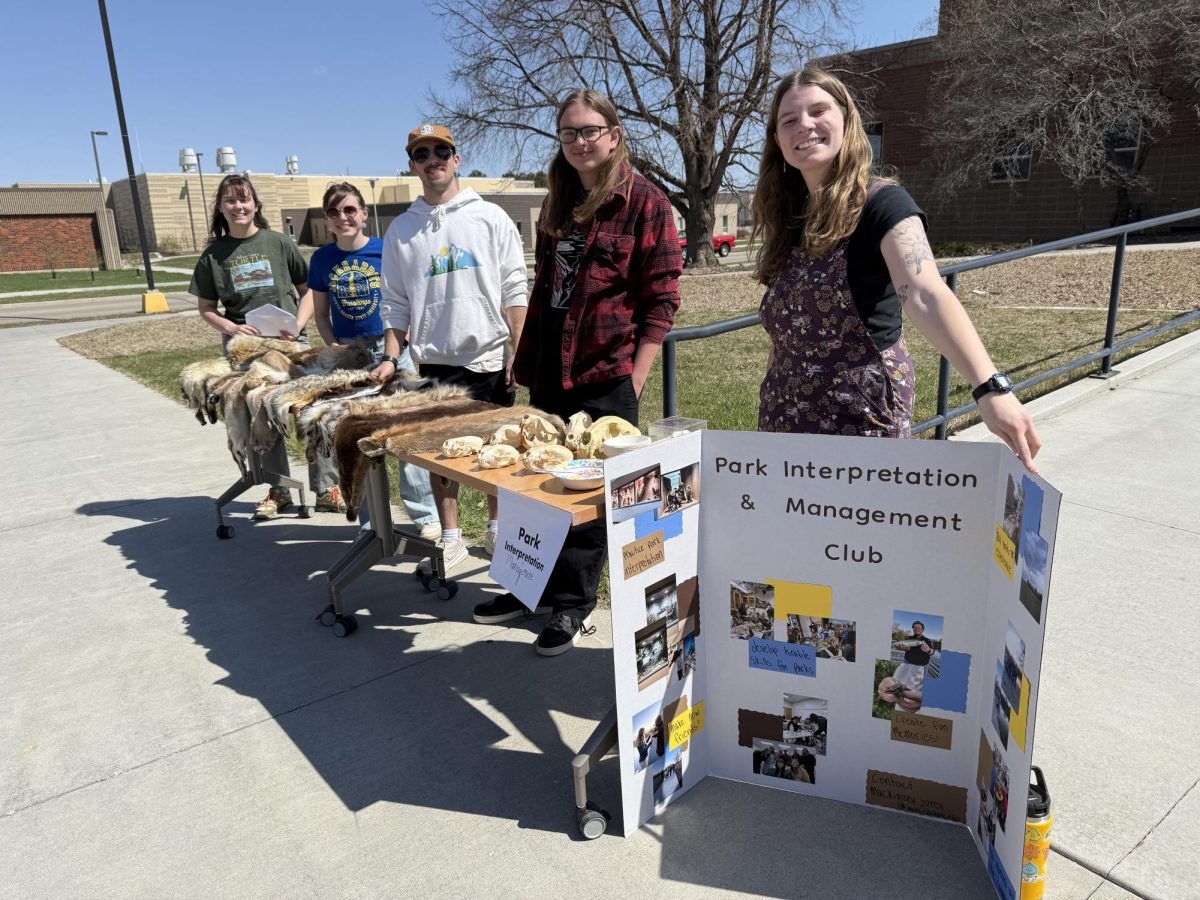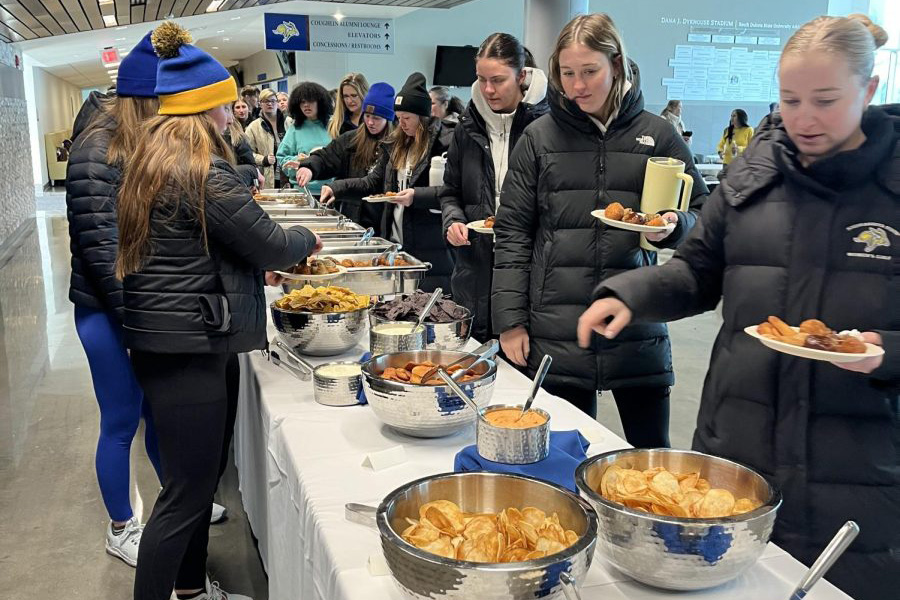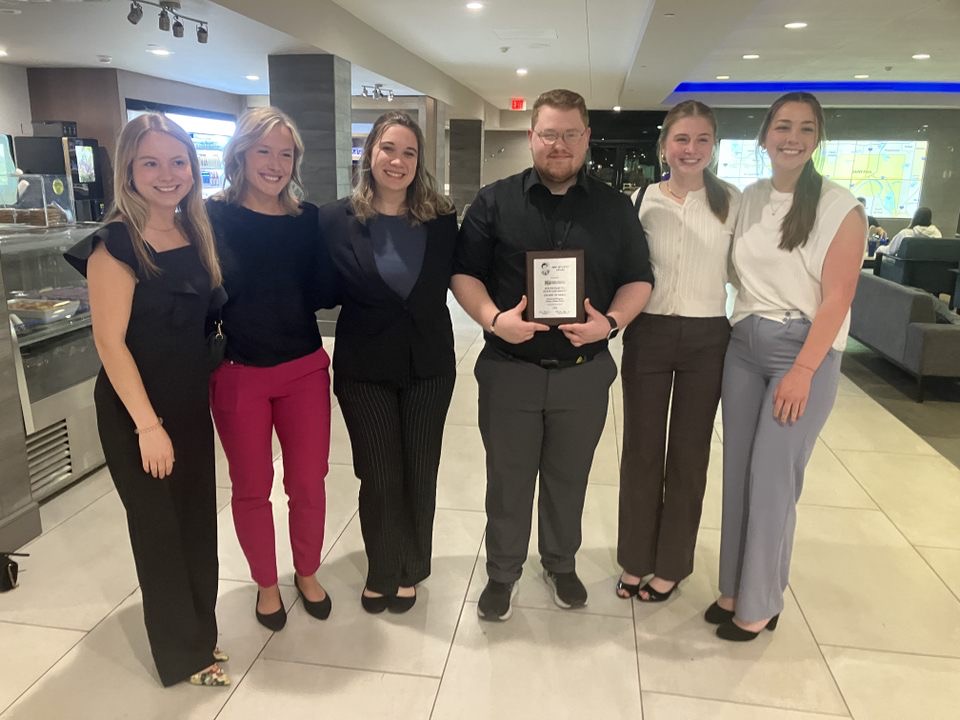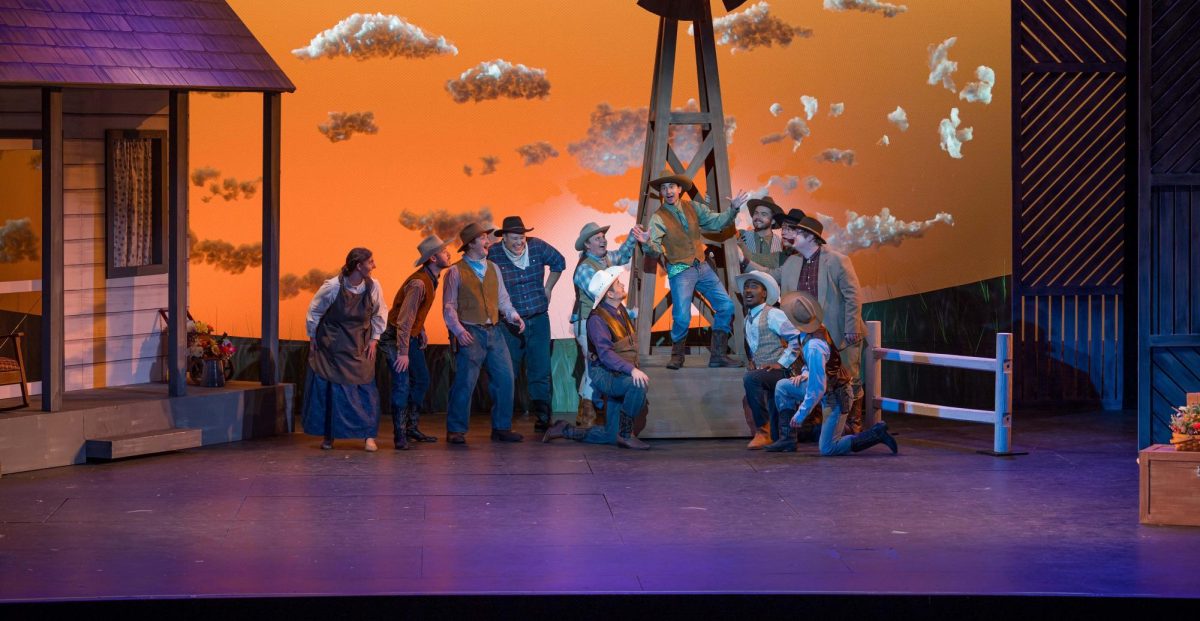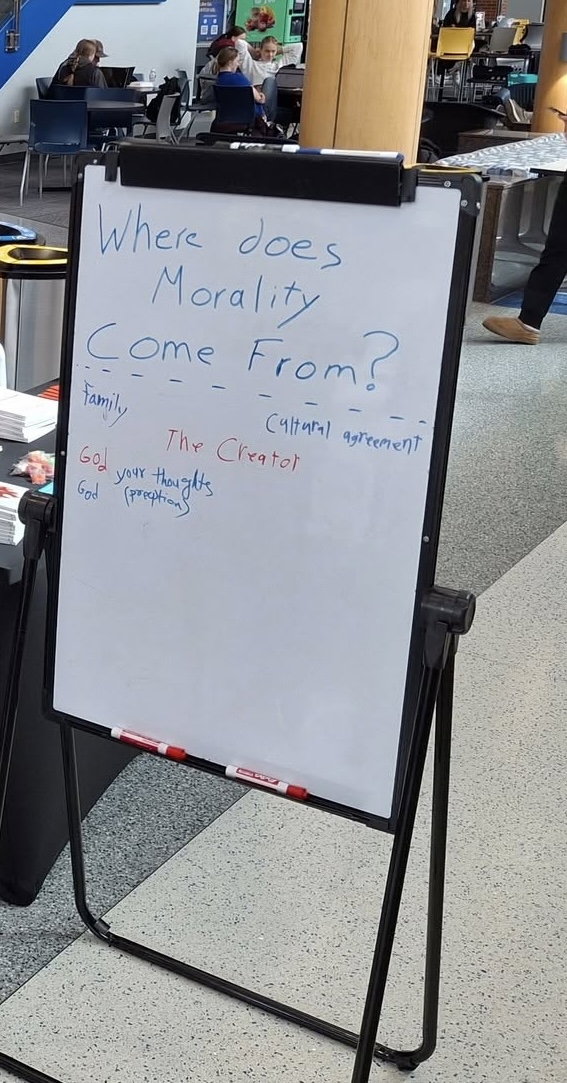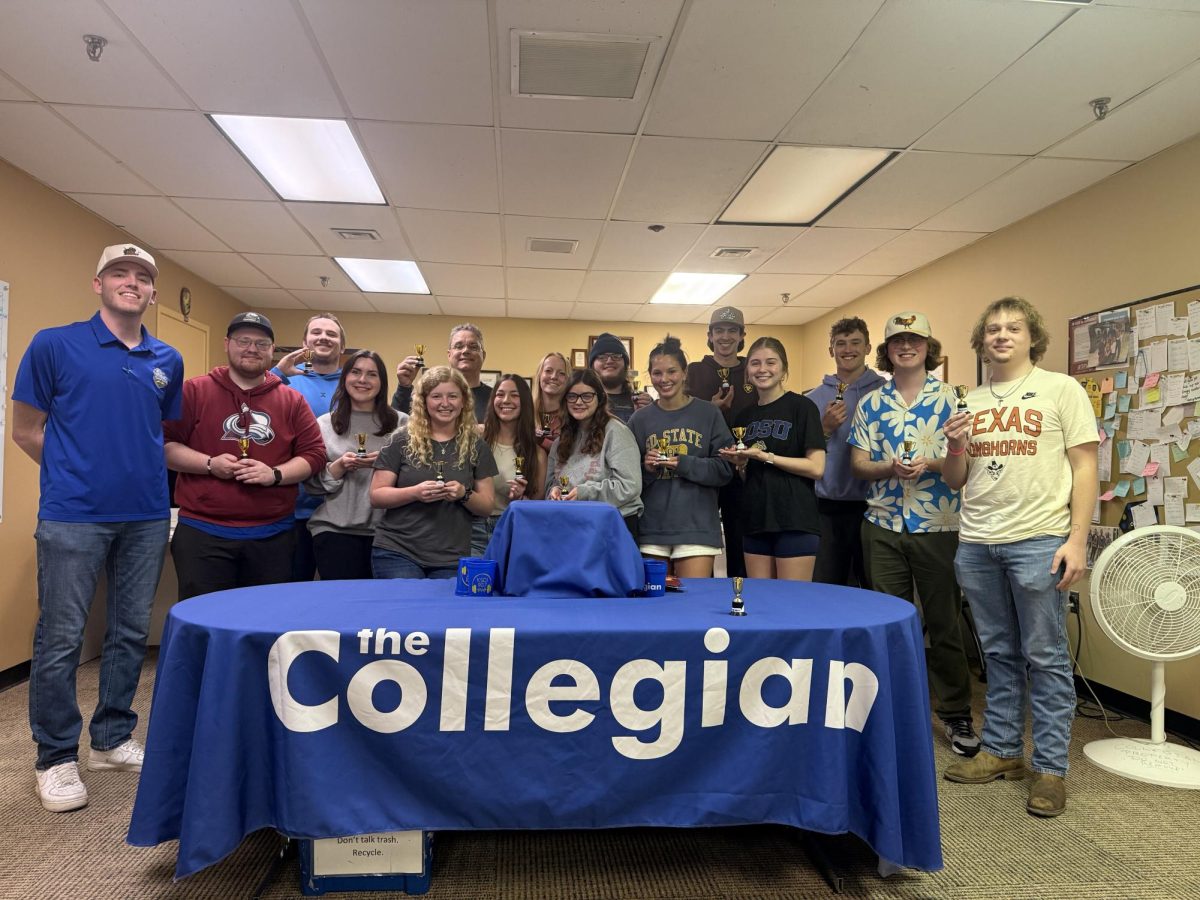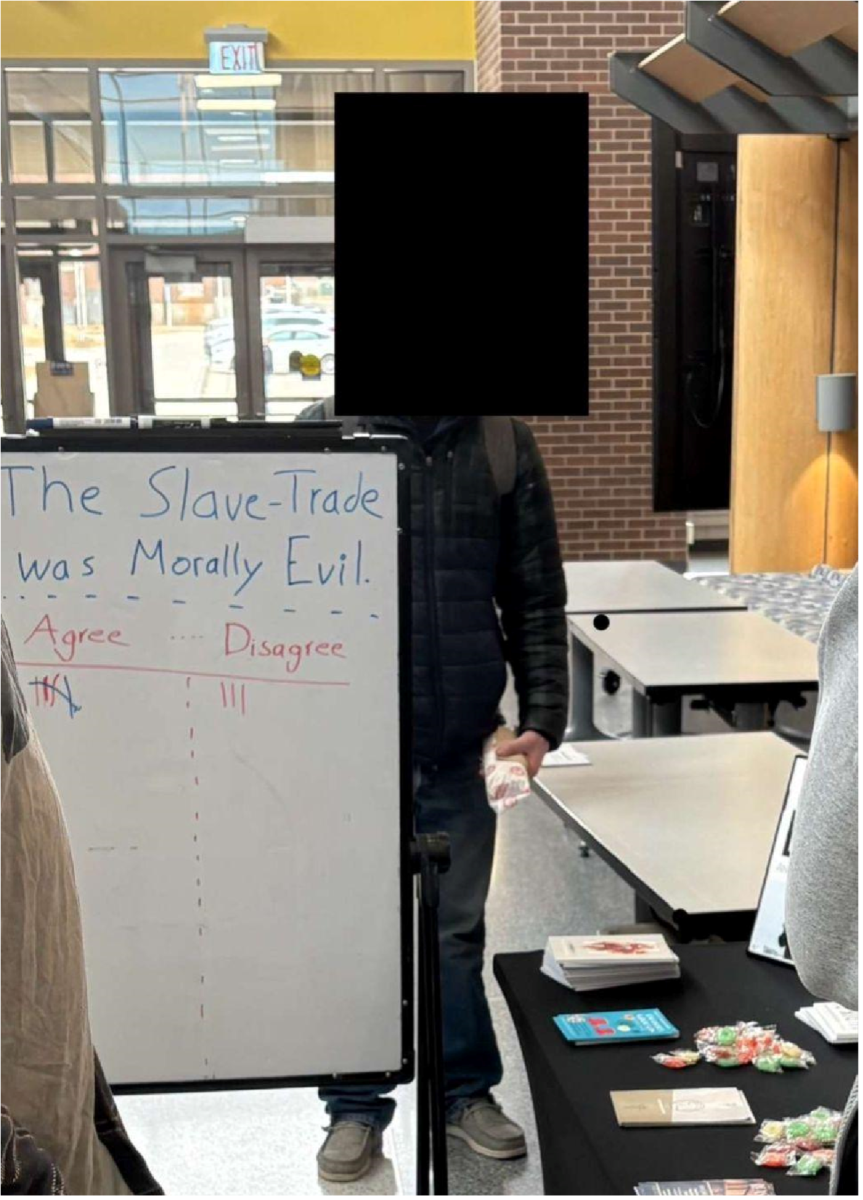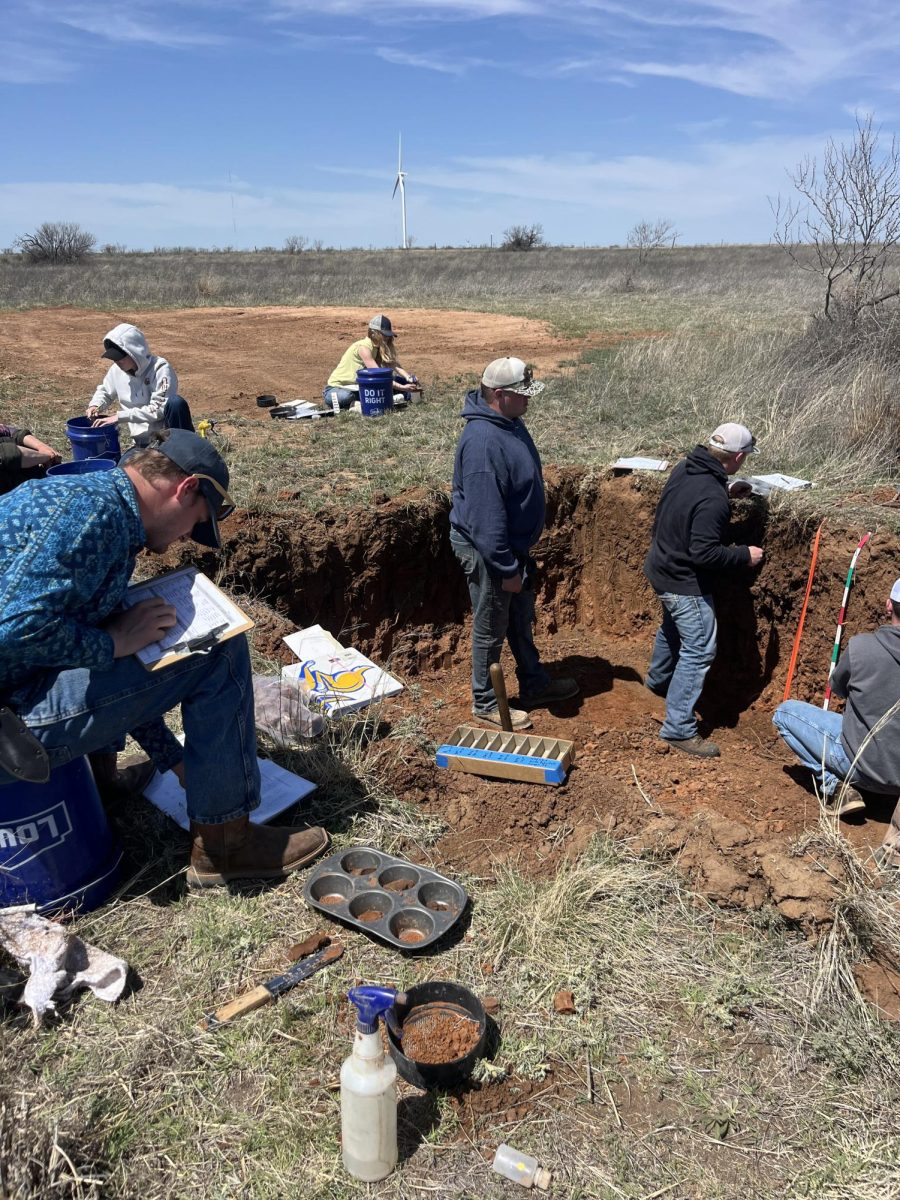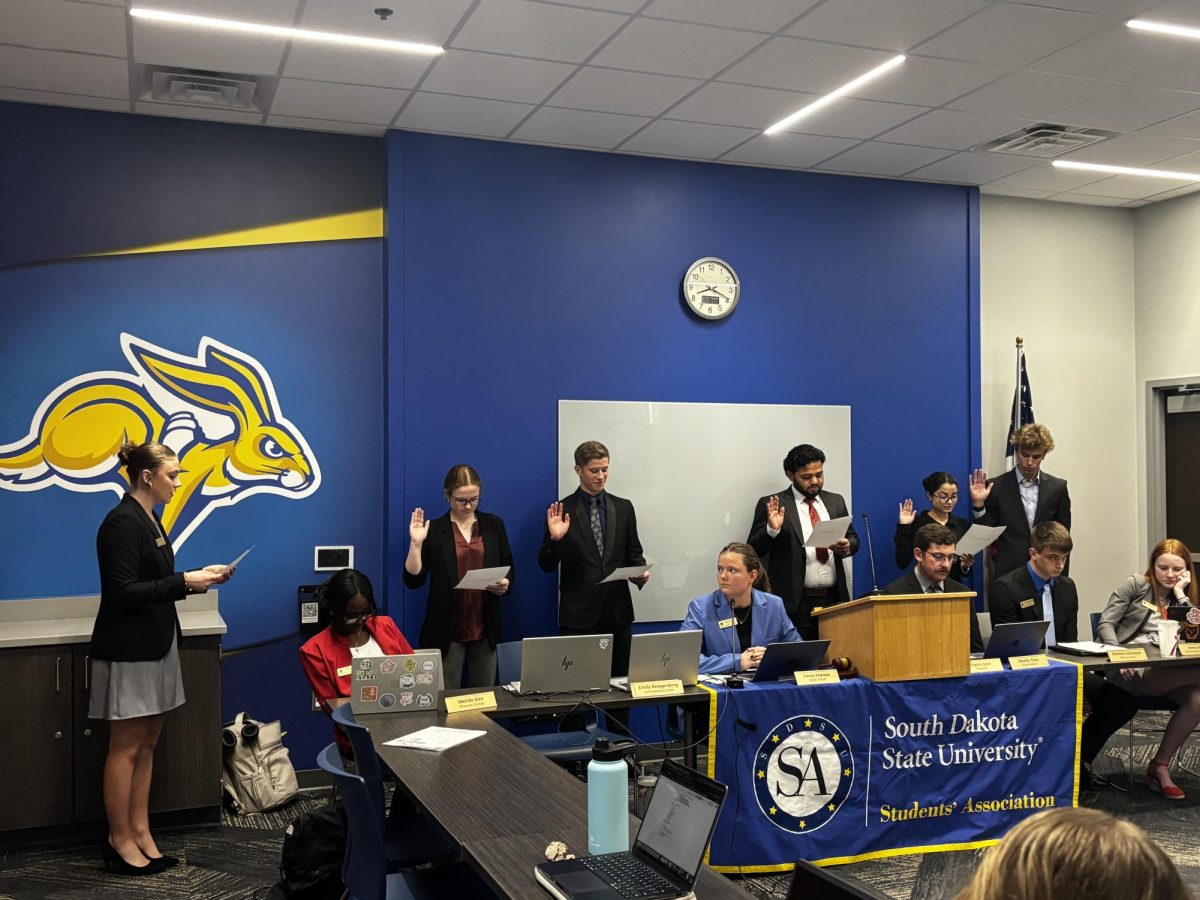SDSU soil judging competes at the national level while teaching students real-world skills for their future career.
The team recently competed in Canyon, Texas for the open nationals competition, where they had the chance to explore soils with different parent materials that are not commonly seen in South Dakota. The team placed sixth out of 15 teams.
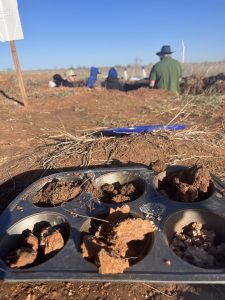
“It was my first soil judging trip and it was amazing to see parts of soil I’ve never seen before,” Harlee Nielson, a freshman on the team studying agronomy and biochemistry said. “Seeing different soil parts and parent materials was my favorite part. It’s great to compare what we learn in the field to what we see in the classroom.”
But their trip was not just about competing. They made stops at Alibates Flint Quarries National Monument and Palo Duro Canyon near Canyon, Texas, where they climbed the lighthouse trail, said senior agricultural communications major Danielle Nowell.
The team attends one competition each semester – the regional competition in the fall and the national competition in the spring. If the team does not qualify for nationals in the fall, there is an open nationals that can be entered instead.
At competitions, teams analyze five-foot-deep soil pits and identify characteristics like color, friability (breakability) and the texture, which is the percent clay, silt and sand in the soil, said Nowell. These details help determine how soil can be used.
Soil judging is about learning how to describe the different soil horizons, describing soil morphology, and deciding land use interpretations, said Kristopher Osterloh, the soil judging coach.
Behind every soil pit is a new learning opportunity, Osterloh said. “There is only so much learning in the classroom.”
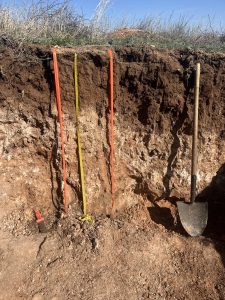
A typical practice includes opening a soil core, examining its contents and identifying its characteristics. If a core isn’t involved that week, students will work with soil bags that contain known clay, sand and silt contents.
“Try it, it’s worth it, I’ve enjoyed it,” senior agronomy major Daniel Schmidt said.
Being on this team has helped students in many ways.
“It is good to understand the facets of agriculture,” said Nowell, who plans to manage social media for an ag business after she graduates. “If you’re gonna write about it, you gotta know it.”
Schmidt said the club experience has given him a different look on farming practices and how soil affects farming.
Nielson said knowing how soils are made, how drainage works, learning about exact names of soil and knowing what certain landscapes look like will help her in her career of bioremediation of soil research or formulation of herbicides.
The soil judging team has seven members, but with four graduating this spring, the team will be looking for new talent and knowledge. Students from any major are encouraged to join, and no prior soil knowledge is required.
Coach Osterloh’s goals for the team in the coming years include successful fundraising, maintaining an enthusiastic group of six to ten members passionate about soils and qualifying for nationals.
